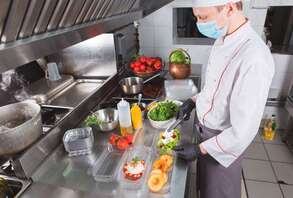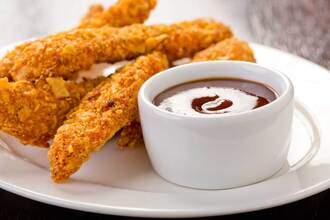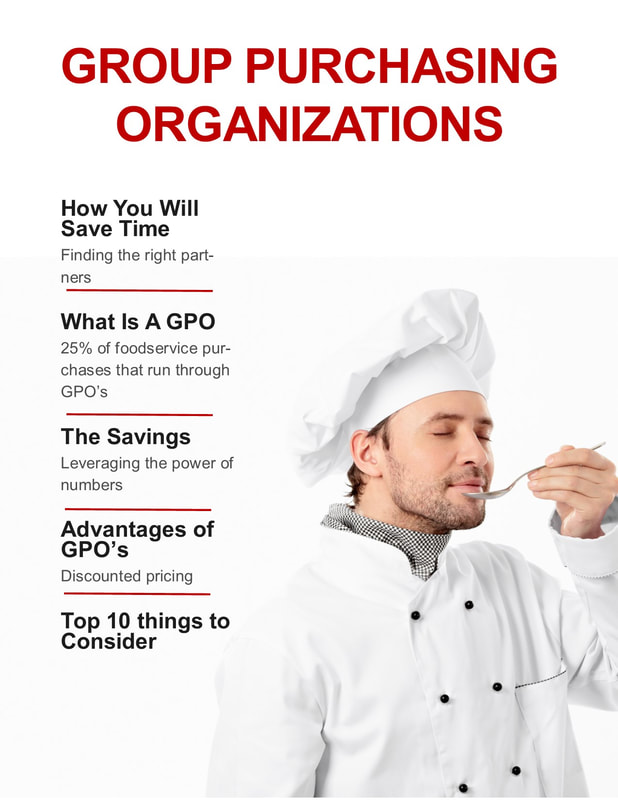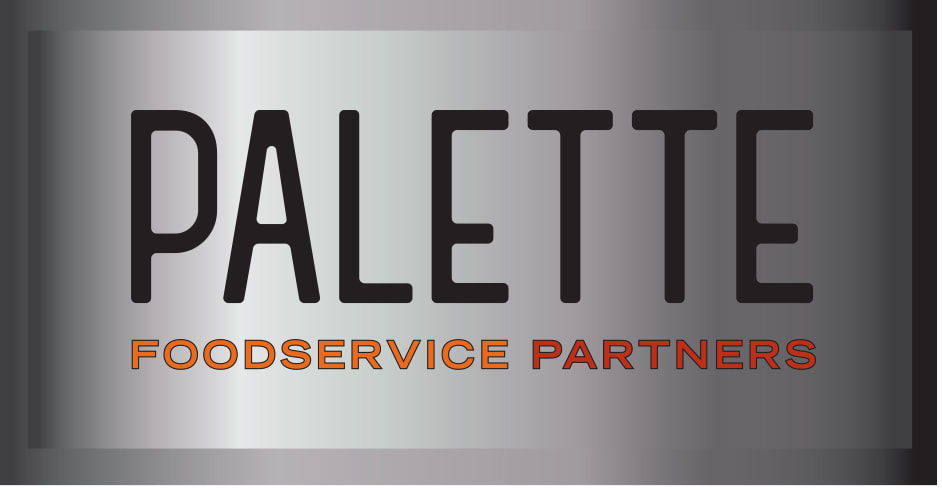 Labor attraction and retention isn’t getting any easier for restaurants. According to a Bureau of Labor Statistics report released in January, quit rates for the accommodation and foodservice industry increased from 4.8 percent to 6.9 percent over the previous year, a larger spike than any other sector listed. As the pandemic has amplified restaurants’ labor challenges, businesses across the industry have been taking a range of approaches to attract and retain staff. According to research from Black Box Intelligence, pay increases are only part of the solution. Offers of sick days, paid leave and variable pay are also on the increase in an effort to improve restaurant workers’ quality of life. Dig, the chain of approximately two dozen local, farm-sourced restaurants in the Northeast, has been taking cues from the pandemic-era offerings of corporations and giving their staff the option of a four-day work week. According to a Fast Company report, Dig experimented with the offering while they were running a smaller number of restaurants during Covid lockdowns. Staff were given the option of working one less day than they would normally, but the same number of hours across the week. As Dig offers a 40-hour work week, this has meant that participating staff work 10-hour shifts. While it may not work for every restaurant or every employee, Dig leaders say that the workers who have chosen to stick with the schedule have reported having better work-life balance and more time for responsibilities outside of work. (In fact, in an internal survey of 45 people who have participated in the changed work week so far, 87 percent said they would recommend the new schedule.) Looking at your shift schedule, staff needs and restaurant tasks, what might you adjust to offer better work-life balance to staff without sacrificing business needs? Even on a small scale, could you take any cues from businesses in other sectors that are known for strong attraction and retention of staff?  Ghost kitchens: Do the numbers work for you? Ghost kitchens are continuing their climb: By 2030, they are predicted to hold a 50 percent share of the drive-thru and takeaway foodservice markets, respectively, according to Statista. As restaurant operators think about the best ways to serve existing customers and tap into new markets, ghost kitchens could be an important part of a business strategy. Perhaps you had to close a brick-and-mortar location before or during the pandemic – or you want to enter a new market that sounds like a good match for your brand. You could open a small brick-and-mortar location in a high-traffic area to collect information. But you may be able to gain the same – or better – insights with a ghost kitchen operating with a much smaller real estate footprint in a less-expensive area. Ghost kitchens’ ability to help brands test market viability in a low-risk way is exactly why brands like Famous Dave’s consider them to be important to their business model. As Al Hank, COO of Famous Dave’s parent company BBQ Holdings Inc., said in an interview with 1851 Franchise: “That is typically a multi-million-dollar test, and you never know what the outcome is going to be, but ghost kitchens allow you to do it in a much more cost-effective manner.” So exactly how cost-effective might a ghost kitchen be for you? Dan Fleischmann of the restaurant equity investor Kitchen Fund developed a ghost kitchen calculator, available at Restaurant Dive, to help concepts get an initial sense of whether a ghost-kitchen concept might make financial sense. You plug in some key data about the business, cost structure and volume assumptions, then the calculator projects the resulting profit or loss, as well as the return on invested capital.  What if your customers could be anywhere in the country – or even the world? It’s an appealing thought at a time when operators are struggling to manage high inflation, supply chain fluctuations and general uncertainty in the market. But the creative solutions that have come out of the industry in the past two years have the potential to transform the industry into one of greater opportunity for all. In a recent segment on CNBC, Joe Ariel, the CEO of Goldbelly, discussed how the Omicron variant and inflation concerns have triggered a surge in food e-commerce. He expects more companies – his among them – to take an omnichannel approach to food sales going forward. Imagine if a family was craving a wide selection of regional specialities – Philly cheesesteak, New York cheesecake, Chicago pizza – and they could enjoy authentic versions of them at the same meal? Or perhaps your restaurant gets a lot of summer traffic and guests who have been coming to you for years want to be able to enjoy your food year-round. Are there stars on your menu – memorable entrées, secret sauces, special desserts – that you could serve to a worldwide audience with the right marketing and packaging? How can you take what you do best and get it out to your best customers?  The value menu looks a lot different nowadays at a wide range of quick-service and fast-casual brands. McDonald’s, Denny’s, Burger King and Domino’s are among the companies that are skinnying down their most economical meals. The changes have included decreasing the number of chicken nuggets from 10 to eight, removing price caps on value-menu items and raising the prices of individual items across the menu, according to a recent Wall Street Journal report. Consumers are noticing the changes and facing a decision: Is this restaurant meal worth a few extra dollars (or a little less food) if I can find something less expensive at the grocery store? For some restaurants, this may mean recasting menu items as something special vs. a means of saving money. Understanding your menu cost has become more important than ever in the midst of inflation and supply shortages. Last year, restaurant prices increased 6 percent, the highest jump in nearly 40 years. But just as important as pricing could be how you’re presenting your menu items and promotions to your guests. Mine your data to better understand the dishes your guests love and when they are ordering them. What drives them to order from you? Is it convenience? An end-of-the-work-week treat? Tapping into what motivates them can help you frame your menu in a way that makes the decision to place an order an easier one for them – even if the bill is a little higher right now. |
Subscribe to our newsletterArchives
April 2024
Categories
All
|




 RSS Feed
RSS Feed